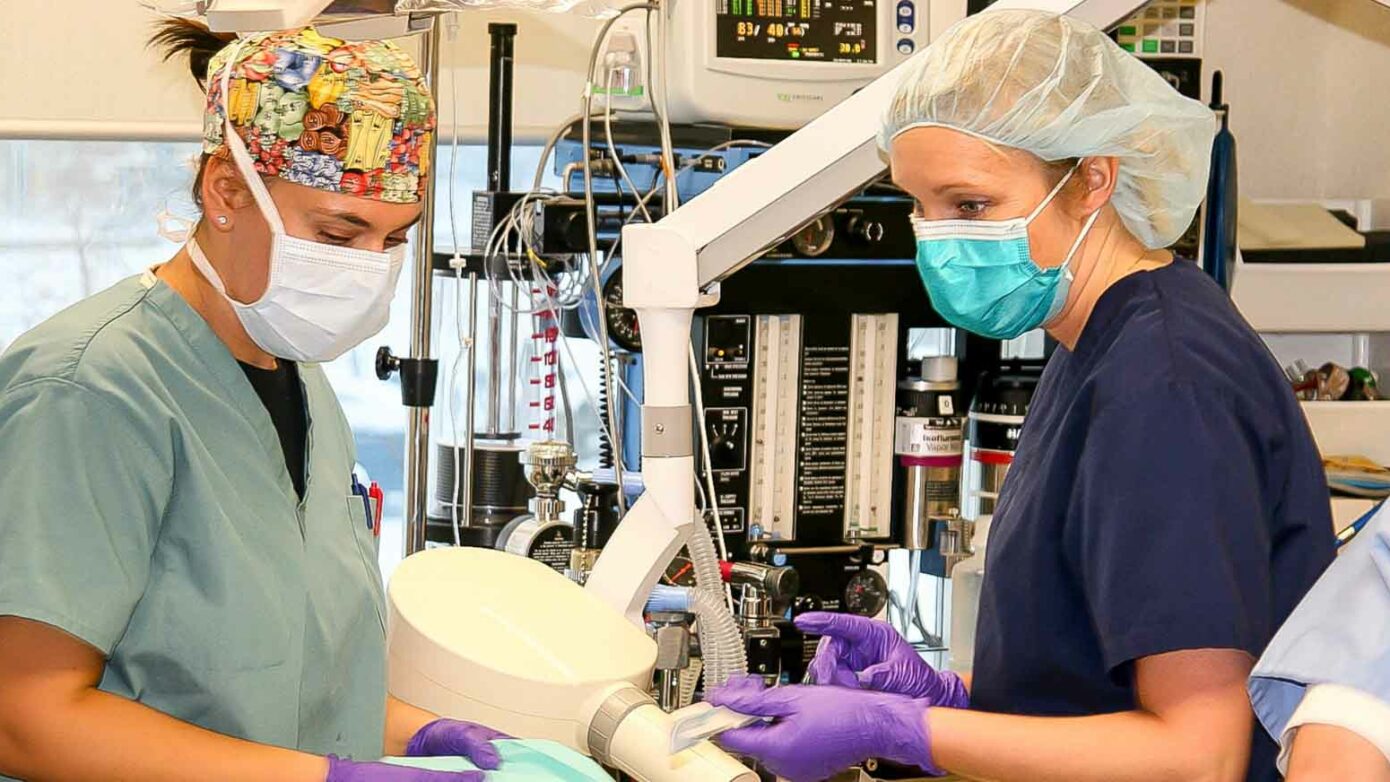In the realm of pediatric dentistry, the quest to combat tooth decay has led to innovative solutions like Silver Diamine Fluoride (SDF) treatment. This alternative approach offers a promising strategy to prevent and halt tooth decay in children’s primary and permanent teeth.
Understanding Tooth Decay and SDF
Tooth decay, a bacterial infection primarily caused by Streptococcus mutans, poses a significant oral health threat. The process involves bacterial metabolism of dietary sugars, leading to acid formation that demineralizes enamel. SDF treatment targets existing decay areas by inhibiting bacterial growth and preventing new decay formation.
The Power of Silver Diamine Fluoride
Silver Diamine Fluoride boasts a triple-action formula for oral health:
- Fluoride: Known for its decay-preventing properties, fluoride aids in remineralizing enamel and making it more resistant to acid attacks.
- Silver: With potent antibacterial qualities, silver ions effectively kill bacteria and fortify tooth structures against reinvasion.
- Diamine: Acting as a stabilizing agent and antiseptic, diamine enhances the solution’s efficacy in combating harmful oral bacteria.
Application and Side Effects
The application of SDF is a simple, noninvasive procedure involving direct placement on decayed areas or high-risk surfaces like first molars. The only known side effect is black staining, serving as an indicator of treatment success by halting bacterial infection.
Effectiveness and Considerations
SDF has shown remarkable success in arresting dental caries, especially in patients with special needs. While not suitable for all cases, it is a valuable tool in a pediatric dentist’s arsenal. Factors like esthetics and extent of decay influence its applicability.
Alternatives and Ongoing Care
Apart from SDF, alternative treatments like fluoride varnish and dental sealants offer additional avenues to combat tooth decay. Regular dental visits, hygiene appointments, brushing, and flossing remain crucial for maintaining optimal oral health.
In conclusion, Silver Diamine Fluoride emerges as a promising ally in the fight against tooth decay, offering a blend of efficacy and simplicity in pediatric dental care. Trusting your pediatric dentist’s expertise ensures the right treatment choice for your child’s oral well-being.



